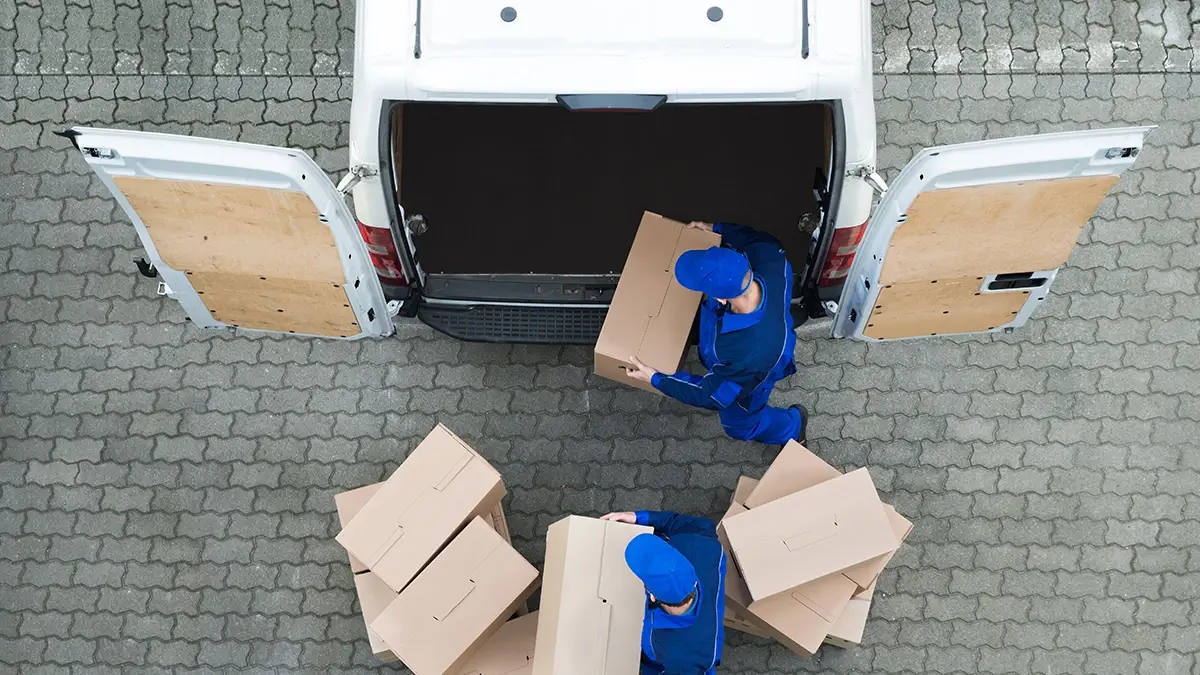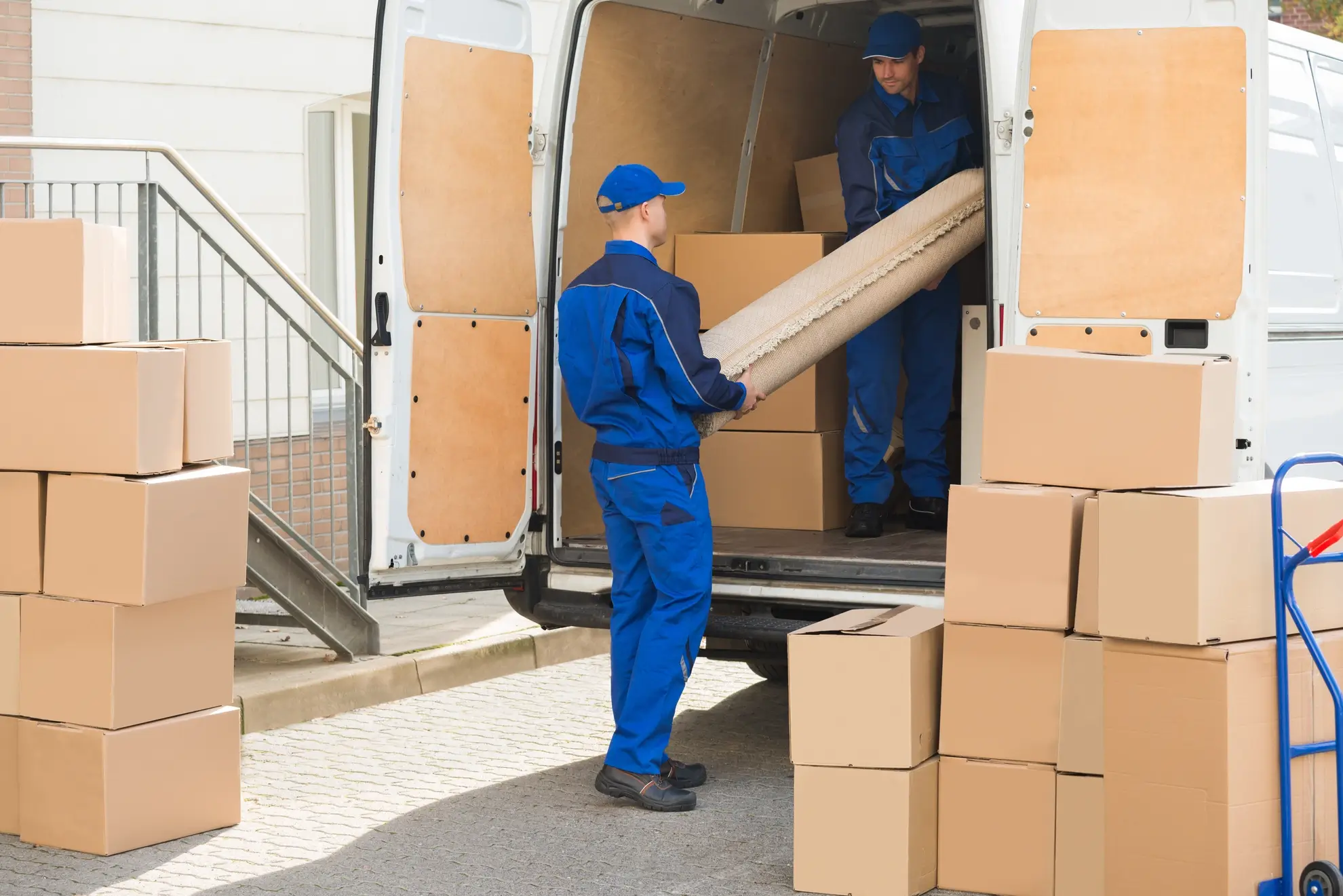Key Tactics for Relocating Your Bed and Mattress with Ease
Relocating your bedroom setup is often one of the most demanding parts of moving home. Knowing key tactics for relocating your bed and mattress with ease can save you stress, time, and potential damage to your valuable furniture. Whether you're moving across town or preparing for a long-distance relocation, the right strategies can ensure a seamless transition for your sleeping arrangements. In this comprehensive guide, you'll discover proven approaches for disassembling, packing, transporting, and reassembling your bed frame and mattress with minimal hassle.
Understanding the Challenges of Moving Your Bed and Mattress
Beds and mattresses are not only bulky and heavy--they are delicate household investments that require proper handling. Failing to use the correct techniques can result in torn upholstery, broken frames, or soiled surfaces. These hazards make it vital to approach the task with a well-devised plan. Learning the best tactics for relocating beds and mattresses lets you avoid frustration and extra costs during your move.

Why Proper Preparation Is Critical
Preparation is the cornerstone to moving your bed and mattress with ease. The process involves more than just picking up and carrying furniture from one place to another. Through targeted preparation, you'll protect your assets, save time, and avoid injury.
Benefits of Proper Bed and Mattress Relocation Planning
- Reduces the risk of damage to both the bed frame and mattress
- Keeps your mattress clean and protected from moisture, dust, and grime
- Prevents injury by ensuring safe lifting and moving techniques
- Saves money by avoiding costly repairs or replacements
- Makes unpacking and setup in the new location much faster
Essential Supplies for Moving Beds and Mattresses
Before starting the relocation journey, gather the appropriate materials. Having these on hand will make the experience much smoother.
- Mattress bags or covers: Essential for keeping dust, dirt, and moisture away from your mattress and box spring during transit.
- Furniture blankets and padding: Ideal for wrapping your bed frame to prevent scratches and dents.
- Bubble wrap: Use this for extra protection of delicate components like headboards or footboards.
- Moving straps or ropes: Help you maneuver awkward shapes and secure items for transport.
- Toolset (screwdrivers, Allen wrenches, pliers): For disassembling and reassembling the bed frame efficiently.
- Plastic bags and labels: Keep all hardware safe and labeled for easy assembly at your new home.
- Hand truck or dolly: Reduces physical strain and makes transportation across flat surfaces easier.
- Help from friends or professionals: Beds and mattresses are a two-person job at minimum--never attempt to move them alone!
Step-by-Step Guide to Relocating Your Bed and Mattress
To achieve stress-free bed and mattress relocation, follow these best practices step by step:
Step 1: Clear Your Pathways
- Ensure hallways and doors are free of clutter for smooth movement.
- Measure entryways and passages to confirm your furniture will fit through without getting stuck.
- Remove rugs or obstacles that could cause tripping during the carry-out process.
Step 2: Disassemble the Bed Frame
Gently break down the structure for safer transport:
- Strip bedding and pillows. Set aside bedding in labeled bags for fast setup later.
- Take pictures before and during disassembly--these will be invaluable during reassembly.
- Use the appropriate tools to carefully remove slats, headboards, footboards, and side rails.
- Bag all screws, bolts, and small hardware. Clearly label them by bed part and attach the bag to the corresponding panel (use tape or zip ties).
- Wrap each part in moving blankets or bubble wrap as needed, especially delicate or ornate pieces.
Step 3: Properly Packing Your Mattress
Your mattress deserves maximum protection during a move:
- Use a specialized mattress bag or protector--these are inexpensive and crucial for guarding against dirt and moisture.
- Seal the bag tightly with strong tape to prevent insects or dust from entering.
- If using a truck, stand the mattress upright to maximize space and airflow.
- For memory foam or latex mattresses, avoid folding or bending as this can cause permanent damage to the material structure.
Step 4: Moving the Components Safely
Remember, quality moving is about technique, not brute force.
- Lift with your legs, not your back, to avoid injuries.
- Enlist at least one helper--mattresses can "flop" and are awkward for one person.
- Use lifting straps, dollies, or rolling carts to minimize strain and improve stability.
- Communicate clearly with your helpers throughout the move.
Step 5: Transporting Your Bed and Mattress
Strategic placement within your moving vehicle can prevent damage:
- Stand the mattress on its side against a wall of the truck and secure with ties or straps.
- Place heavy parts of the bed frame flat on the truck floor to avoid warping.
- Avoid stacking other items on top of your mattress to preserve its shape and comfort.
- If you're driving a long distance, check that the items are secure and stable before setting off.
Step 6: Unpacking and Reassembling at Your New Home
With everything safely delivered, reverse your steps:
- Reinspect parts for damage. Wipe down any surfaces as needed before assembly.
- Follow your labeled bags and reference photos for hassle-free reassembly.
- Double-check that all screws and bolts are tight but not over-torqued.
- Let your mattress air out for a few hours before making the bed to refresh it after transport.
Special Tips for Relocating Different Bed Types
Platform Beds and Storage Beds
- Fully empty drawers and storage compartments to avoid additional weight or damage.
- Disassemble any platform supports as far as possible--large singular pieces are prone to cracks when forced through doorways.
Adjustable and Electric Beds
- Unplug and securely coil all cords, using ties or wraps to keep them organized.
- Remove motors or electronic components for separate packing and extra protection.
- Refer to manufacturer's moving instructions--improper handling can void warranties.
Bunk Beds or Loft Beds
- Disassemble all sections, including guardrails and ladders.
- Clearly label each piece as bunk assemblies are more complex to rebuild.
Professional vs. DIY Moving: Which Is Right for You?
Deciding between moving your bed and mattress yourself or hiring professionals depends on your time, budget, and comfort level:
- DIY: Often saves money but requires more physical effort and planning.
- Professional movers: Come equipped with all moving and packing supplies, and have the expertise to safely handle oversized items. They're often the best option for specialty beds or long-distance moves.
When hiring professionals, always ensure they are licensed, insured, and have positive reviews, especially regarding furniture moving services.
Top Mattress Moving Mistakes to Avoid
Even experienced movers can fall into common traps. Steer clear of these mistakes for a smooth move:
- Dragging the mattress on the ground. This can tear fabric and introduce dirt.
- Folding or bending memory foam or spring mattresses--this can ruin the structure or springs permanently.
- Neglecting to secure hardware, resulting in missing or mismatched parts later.
- Leaving the mattress uncovered, risking water or pest damage in transit.
- Stacking objects on top of the mattress, which can flatten or deform the foam.

Frequently Asked Questions About Moving Beds and Mattresses
Q: Is it possible to move a mattress on top of a car?
While tempting for short distances, it's generally unsafe and often illegal to transport a mattress this way. Most don't secure properly, leading to risk of damage or accidents. Rent a van or truck instead.
Q: How do you clean a mattress before moving?
Vacuum both sides, spot-clean stains with mild soap, and let it dry completely before sealing in a mattress bag.
Q: Should I move or replace my old mattress?
If your mattress is over eight years old or has lost support, moving house is a perfect time for an upgrade.
Conclusion: Make Your Move a Success with These Tactics
Relocating your bed and mattress doesn't have to be a dreaded chore. By following key tactics for relocating beds and mattresses with ease, you can minimize stress, avoid unnecessary costs, and enjoy restful sleep in your new home straight away. Careful preparation, safe handling, and strategic packing are your best allies for a damage-free move. Whether you're tackling the transition solo or with help, implementing these smart techniques will ensure every piece of your bedroom arrives intact and ready for sweet dreams.



